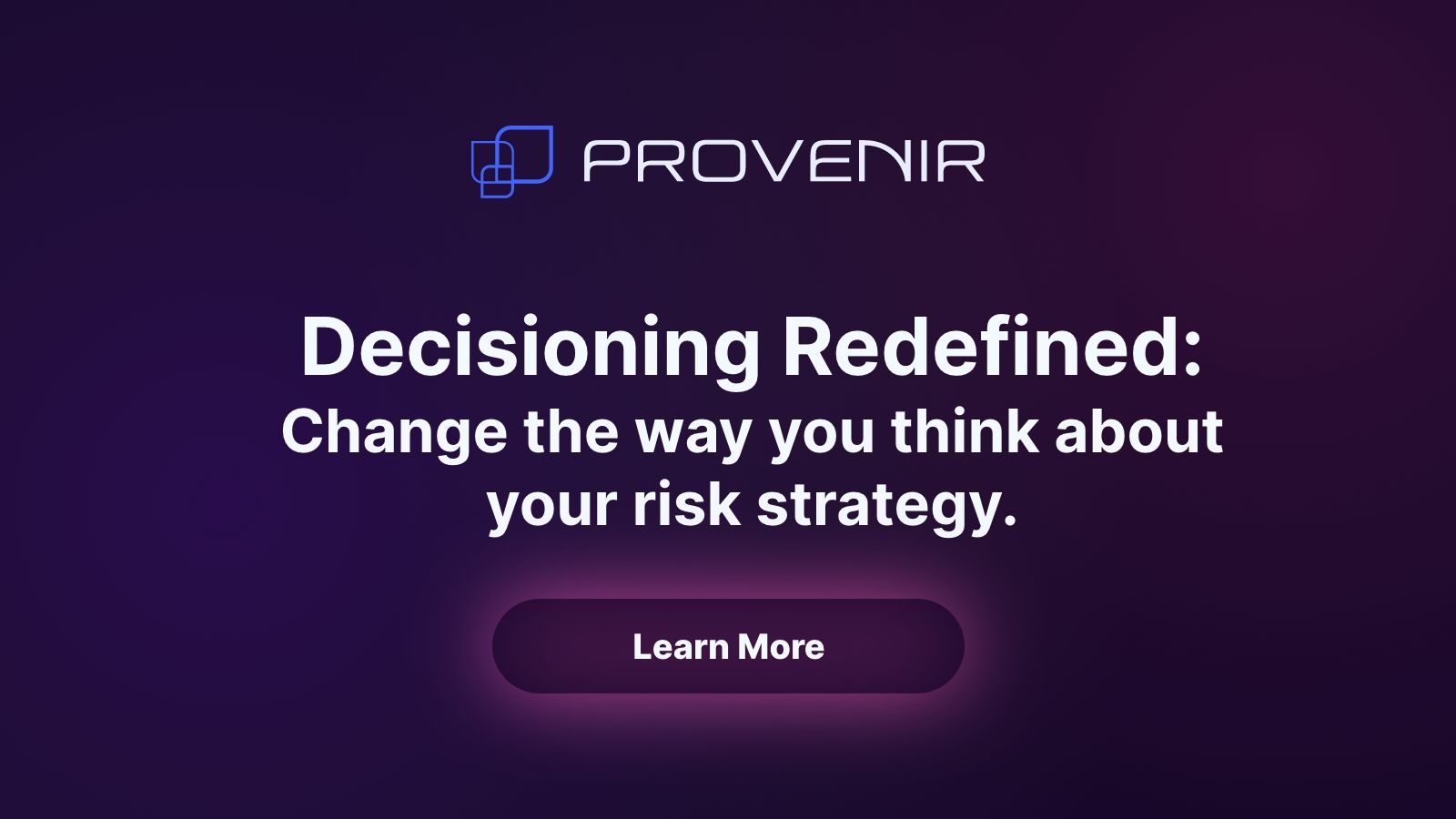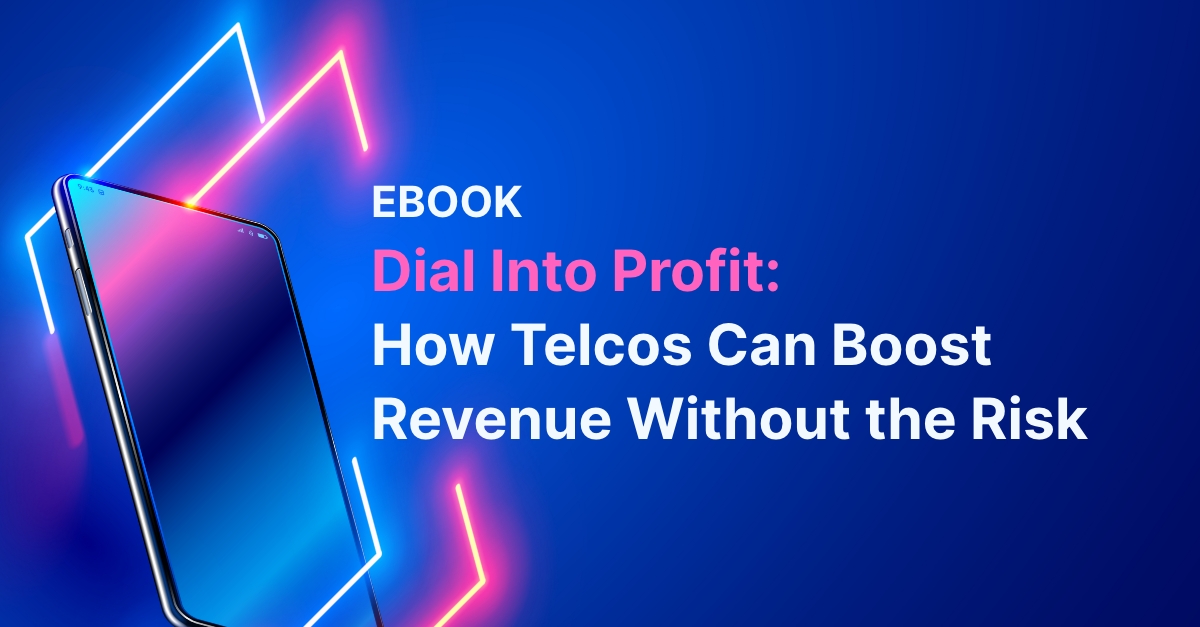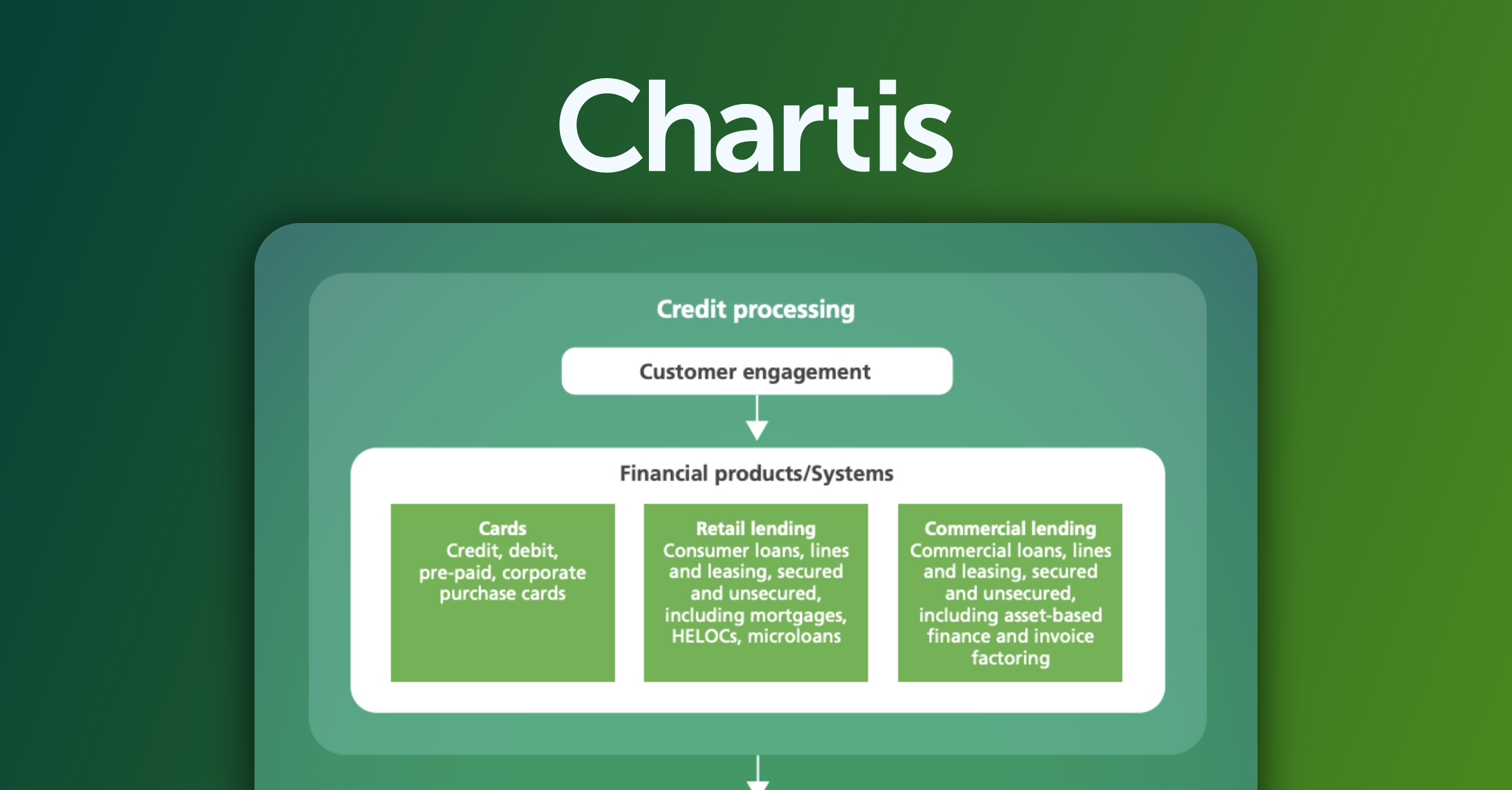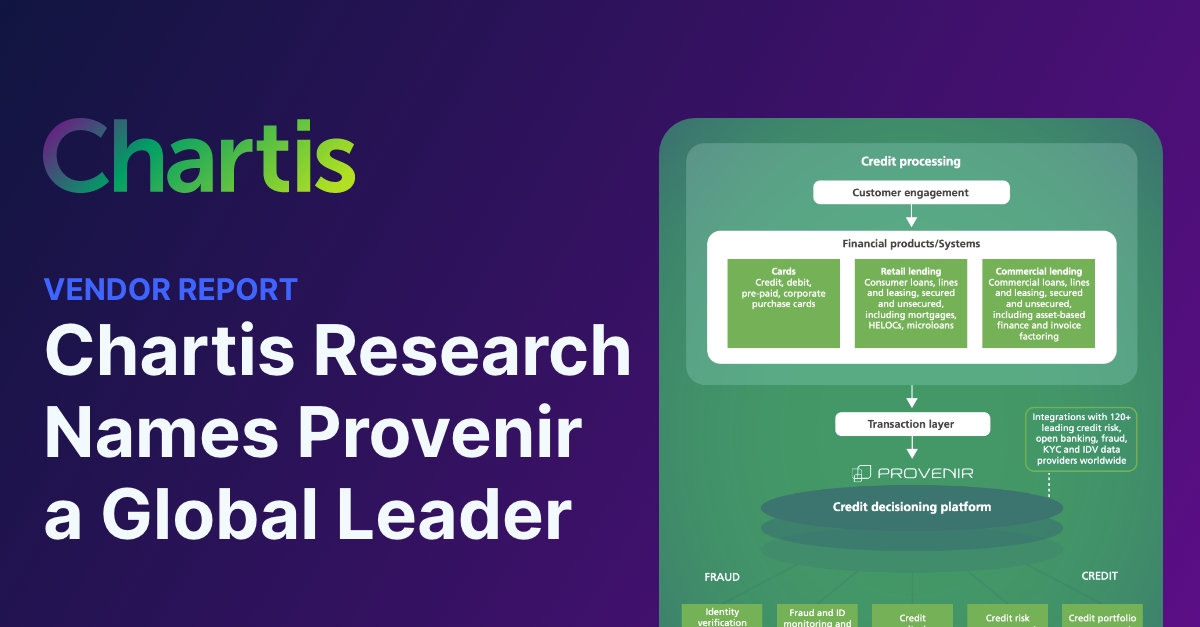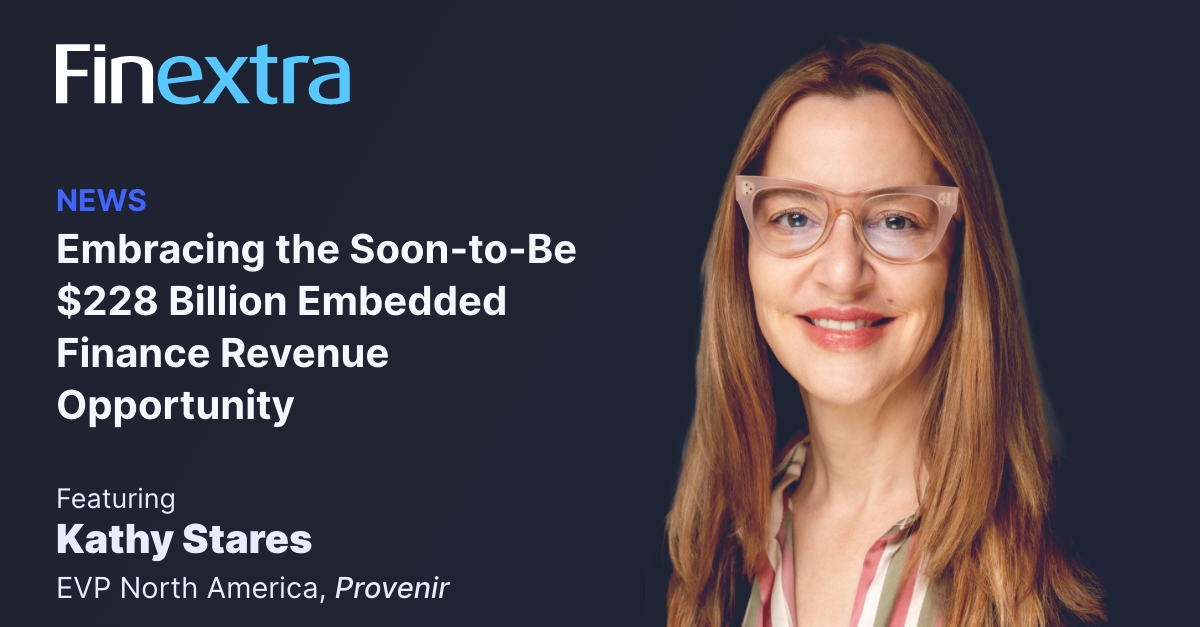Just a few weeks into this crisis, the outlook, and vision of what was intended for the financial market in Latin America, was dramatically advanced. And based on these changes, experts argue that it is time to trust technology more and to adopt and accelerate its use in the products and services that various financial institutions market.
What are the advantages of Fintech? The answer is obvious: you can offer products and services, and acquire clients without having them on-site, that is, without having to appear at a bank or go to a certain physical location. However, only a small percentage of the market knows what a Fintech is, and these clients always fall back on the opportunities that traditional banks can offer them. The Fintech industry, in this period of COVID-19, will need to go through an era of education and drive to generate awareness and exposure among its potential users, to stop being a “nice to have” and finally become a reality. The Fintechs, without question, are here to stay.
The path, in the Latin American market, will be to digitize those “not digitized” and will possibly mark a trend for banks: to offer digital accounts with no monthly maintenance cost (as many Fintech companies do today) to unbanked clients. From this financial inclusion, these users would have easier access to funds from Coronavirus donations.
With the rise of open banking, Fintechs will focus on partnering with traditional banks or other entities to help them in the digitization process, empowering banks to move from an in-person model to a digital model. In the case of risk management, the trend will also be for Fintechs to help Latin American financial institutions on the path and process towards digitization. The Coronavirus will undoubtedly generate an increase in the use of digital technology in the Latin American market, and banking from home will be more useful than ever.
From a financial standpoint, technology will allow financial institutions to offer and market products in an agile and effective way. From a business perspective it will contribute to the “digitalization journey” and the growth of Fintech businesses and other financial institutions. But, perhaps the biggest motivator for taking the digital journey is that financial services organizations can better support clients through difficult times, like the current period of upheaval that Latin America and the rest of the world are going through. It is essential to have software focused on instant risk decisioning that can make it possible to grant any type of financing/credit in real-time, so that customers can access funds quickly.
The operationalization of risk models will also become a fundamental element in successful digitization, especially as financial services businesses expand their use of non-traditional data. These data sources feed innovative risk models that allow more advanced and accurate risk assessments to be made when authorizing payments or making credit approvals, without the support of traditional data, such as credit bureau scores.
The current Coronavirus crisis presents an opportunity to embark on the kind of innovation that the Fintech ecosystem in Latin America needs and, of course, to publicize what these companies offer. Right now, remote work and the possibility of working from home are changing the routine and the way we operate in our daily life. Digital and, therefore, technology will become a fundamental resource for our businesses, increasing both the reliance and the value technology solutions bring.
